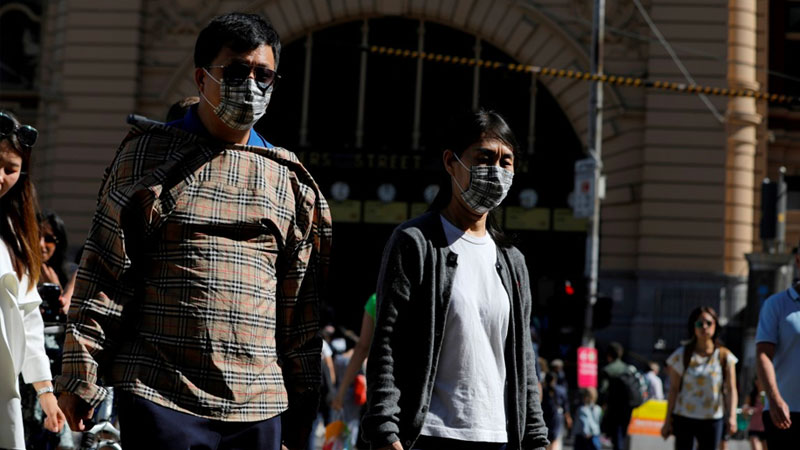Melbourne Still Leads the Way in Population Growth
Australian capital cities increased by 300,000 people over 2019 with more than 45 per cent of arrivals residing in Melbourne—underpinning increased demand for infrastructure and housing.
According to the latest figures released by the Australian Bureau of Statistics, Melbourne saw an increase of 113,000 over 2019 and had the highest growth rate of capital cities at 2.3 per cent, ahead of Brisbane at 2.1 per cent and Sydney at 1.7 per cent.
The city’s population, now about 5.2 million, surpassed Queensland's total population late last year and is now on track to overtake Sydney.
The ABS pointed to rising birth rates, strong international migration and people moving from interstate and regional hubs as the main drivers behind the sustained growth.
While the brisk pace of the nation's population growth over recent years has added to the nation's overall economic prosperity, it has also placed increasing pressure on infrastructure and living standards, especially in major cities such as Sydney and Melbourne.

The unfolding coronavirus pandemic has further placed strain on cities across the country with new self-isolation, social distancing and lockdown halting the domestic economy.
The government has announced a second major rescue package worth $66 billion, on top of an initial $17.6 billion package and more than $100 billion in emergency banking measures to prevent against a credit freeze.
Large sections of the economy and social life have been now shut down, so that transmission of virus can be prevented or halted.
Border closure
Australia, which has since closed its borders to non-residents last week as part of the latest escalation of the global coronavirus pandemic, will remain inaccessible for the foreseeable future.
International arrivals, which account for over 60 per cent of capital city population increase over 2019, will now seen a dramatic decline over 2020.
The restrictions also spell trouble for the tourism industry with approximately 10 million visiting Australia last year, injecting over $50 billion into the economy and spending upwards of 271 million international visitor nights.
The border closure has been coupled with stimulus from government to ramp up their financial response to the coronavirus outbreak amid fears it will push Australia into its first recession in nearly three decades and lead to a surge in unemployment.
Unemployment
The recently released unemployment figures for February revealed a slight fall, to 5.1 per cent, a number which many experts anticipate to exponentially grow over the coming months.
In a research note released on Tuesday, Westpac chief executive Bill Evans stated Australia’s jobless could soar in the next three months to levels just shy of a recession-era peak in 1992.
Evans said the recovery in the third quarter is set to be “slow” and sees the jobless rate remaining at 11 per cent and GDP still shrinking 0.3 per cent.
The turnaround will come in the final three months of 2020, Evans said, as shutdowns and travel restrictions are eased.
Westpac forecasts a bounce back in the final three months of 2020 as shutdowns and travel restrictions are eased with 350,000 new jobs, unemployment falling to 8.8 per cent and GDP lifting to 1.6 per cent in the fourth quarter.












